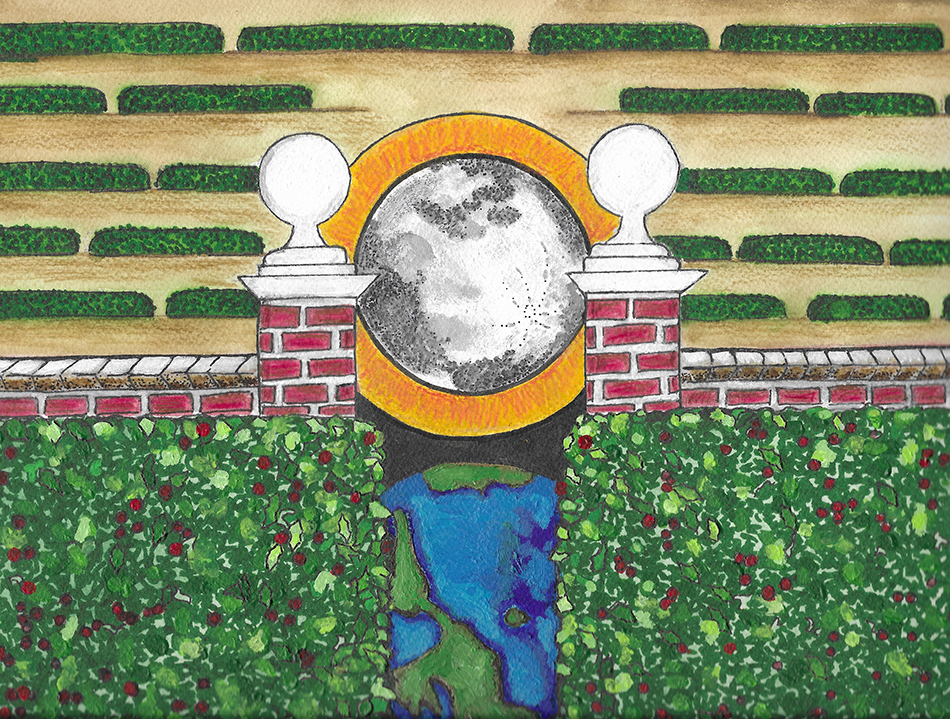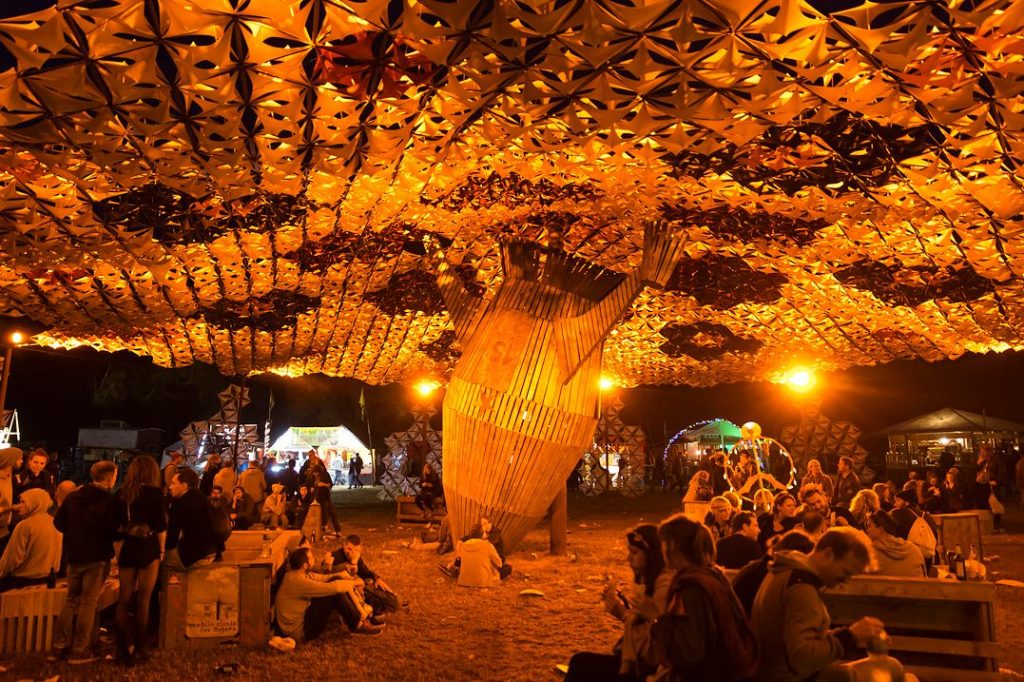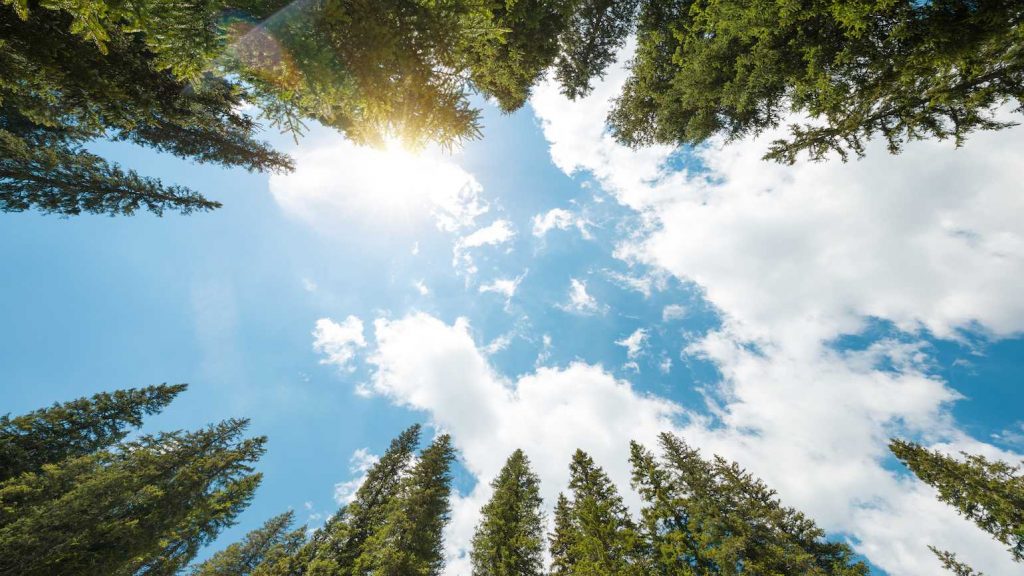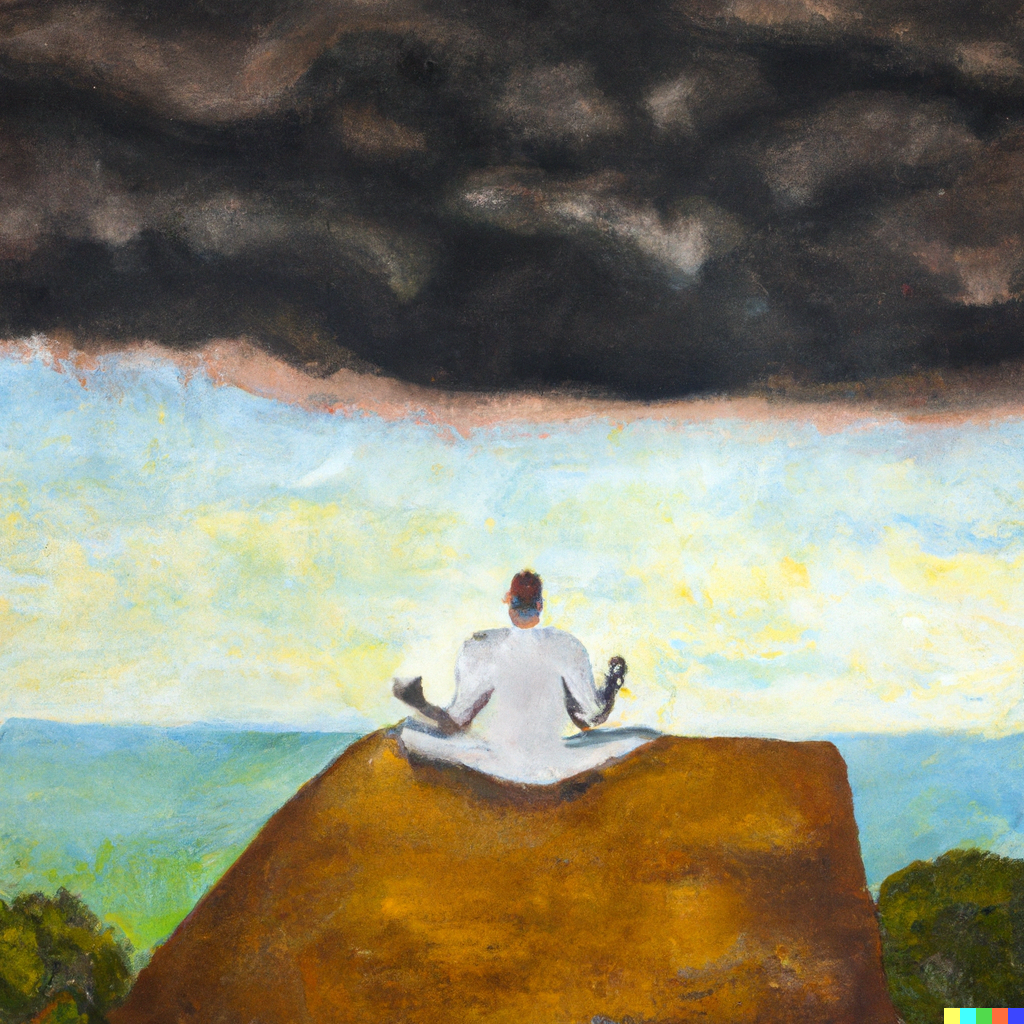The Vitality of Paradox
I started and quit French class when I was in eighth grade. I was confident that the word oui should be pronounced “oy”, but my teacher insisted on “we”—a sound that doesn’t look a thing like the spelling. What a ridiculous language, I thought, and she wasn’t inclined to see or hear things my way. After two weeks, I’d had enough, la fin, and signed up for art.
As an adolescent, I perceived rules and creativity as paradox. Now silver-haired, I understand rules and creativity as fundamental life forces, opposing yet complementary principles and energies. Rules and creativity are in constant dialogue in nature and human nature.
The bank says to the river: “You must stop here!”
The river replies to the bank: “I recognize your intent to protect, it is a worthy intent, but notice that if I meander over here and you surrender just a bit, the frogs will have a pool in which to thrive and they will eat the little buzzing mosquitos and, in the warm months, people will come to play. They will sit, legs dangling—trusting your firm and sturdy edge—look down and praise this place that is us.”
As physical construct and metaphor, the maze and the labyrinth occupy this vital paradox. We typically learn of the maze as children, maybe at an amusement park or in a puzzle book meant to keep us entertained—quieted to parental ears—during long road trips. Mazes are complex. Getting from one place to another requires choices, changes in direction, sometimes a retracing of steps when a route comes to an abrupt end. By contrast, labyrinths are unicursal, they are designed to convey a single path that inevitably leads to the center. Intent and an aversion to edge is all that is needed for labyrinth navigation. As a general rule, labyrinths tend to be far less common landscape features than mazes and to walk one alone is often regarded as a spiritual act, a contemplative practice, not something to distract or amuse.

One Friday night while in college I joined a group of beer-groping friends in body-launching over the tall brick wall that surrounds the Governor’s Palace in the heart of Colonial Williamsburg. This was tradition. Every William and Mary student knows it, and every Palace security guard knows it too. The student’s goal: to make one’s way in the dark through the reportedly-haunted holly bush maze without getting caught. The guard’s goal: to flush the students out, to catch them, to avoid being tricked by ghosts, again. This is a rite of passage. This is initiation.
One cannot become initiated into an authentic adulthood without testing and breaking the rules, without violating the prevailing cultural norms. This requires an exploration of the extremes and there isn’t just one way to accomplish the task. Although the undertaking may be collective—a group coming of age—each journey is profoundly and obligatorily unique. It is a solo embarkation. Yet, at the journey’s end, there are stories told that reflect both the individual nuances of paths taken and turned away from, as well as the commonality of the conclusion—something distinctive discovered at the center, at the core of one’s being. Only when integrated do life’s metaphoric mazes and labyrinths become the inter-locking pathways necessary for expanding human consciousness.
Empirical research suggests that individuals who are rebellious by nature—less restrained by a perception of oversight authority—are more likely to serve as cultural creatives. Laboratory experiments have confirmed that people primed with rule-breaking stimuli are more prone to creative ideas. The key to a highly productive business might thus be to give the rebel a cause which has well-defined parameters. A business may be able reach its greatest potential by fostering an atmosphere of contemplative risk-taking; establishing that the rule is to break the rules, that chaos is to be nurtured as long as it is well-planned chaos.
And what of society? What of these times—this age? Do we self-isolate and play by the rules: masks, gloves, a distance of six feet between us? Do we flock to the beach in the season’s hottest bikini? Do we take to the courthouse steps, sword and pistol—or semi-automatic machine gun—at our side?
Do we walk the maze or the labyrinth?
And, the river replied: “Yes!”
Homo sapiens isn’t intended to remain on a pathologically adolescent course—one characterized by an addiction to distraction and entertainment. Nor are we intended to become so disassociated from individual empowerment that we aimlessly surrender to a rule structure imposed by a legally-entitled person, nation state, or framework for world order. The extremes of species expression have brought dis-ease upon us. All of us.
The ego says: “I want this to end as quickly and painlessly as possible.”
The soul says: “I want the experience of walking the labyrinthian maze.”
This is a rite of passage. This is initiation.
This is our opportunity to find a common language—one that may look different but, in essence, sounds the same. From my current vantage point, I can’t describe the lay of the land or how we will occupy it from one moment to the next, or for how long. I can anticipate ghosts. I can expect that there will be mistakes made along the way and that we will have an opportunity to learn from them. I can have faith in the nature of imagination and a rule of nature: that the living thrive when in service of something greater than self.
If we do make our way through, I can bank on there being stories told that reflect both the individual nuances of paths taken and turned away from, as well as the commonality of a new discovery—something of the core nature of the human being, our humanity.
And, so, whatever compels us, we must take the next step.
Oui?






